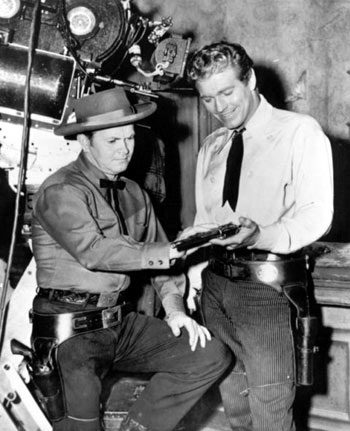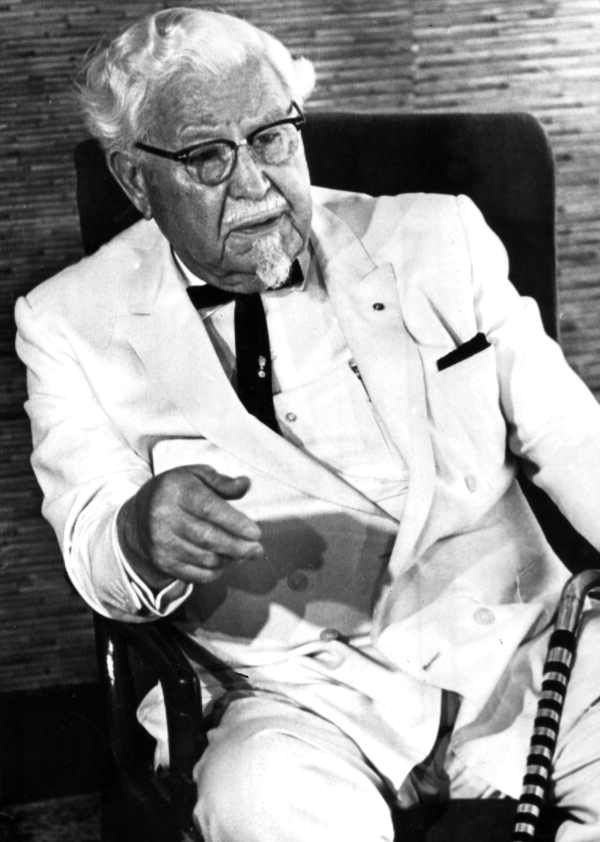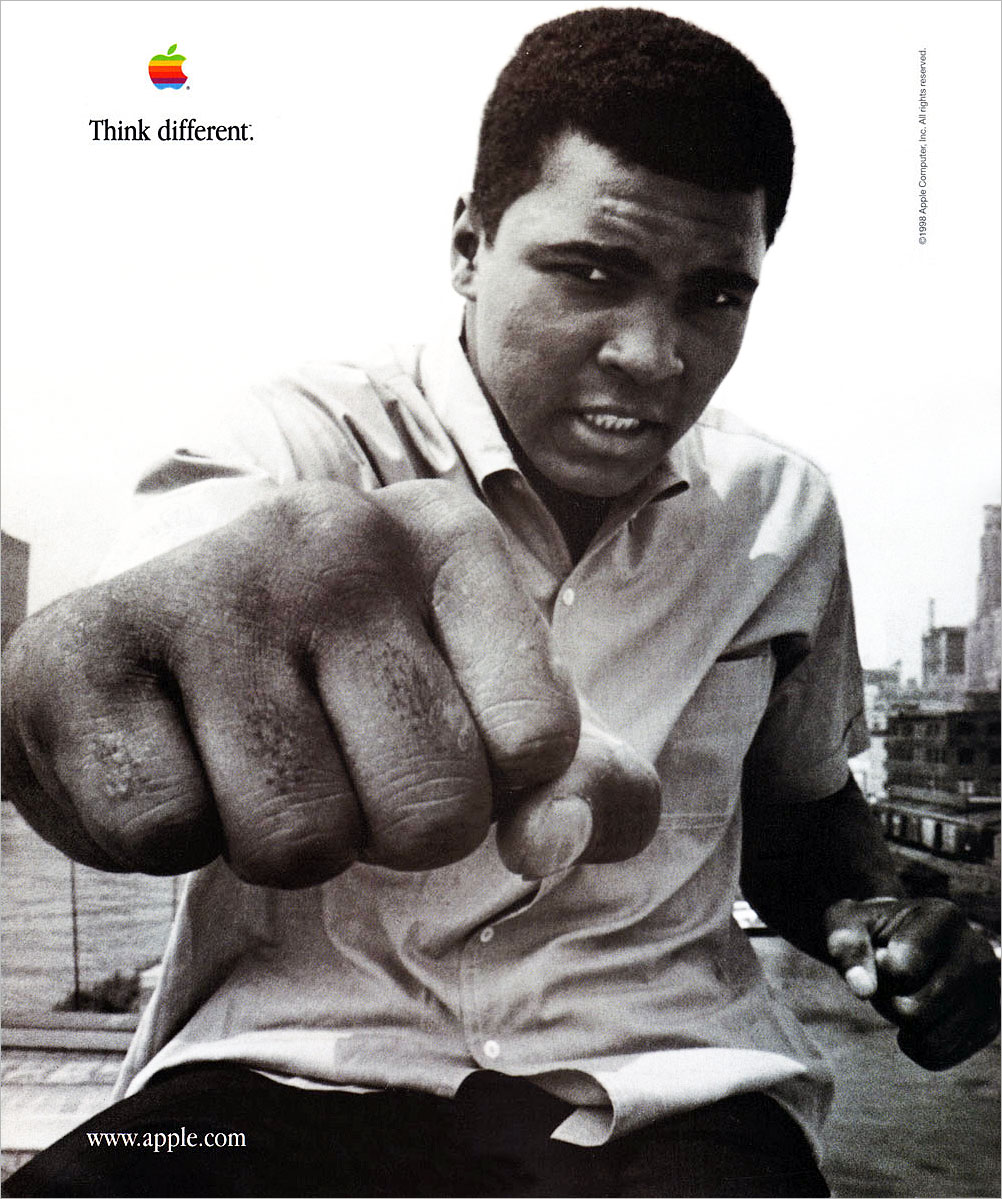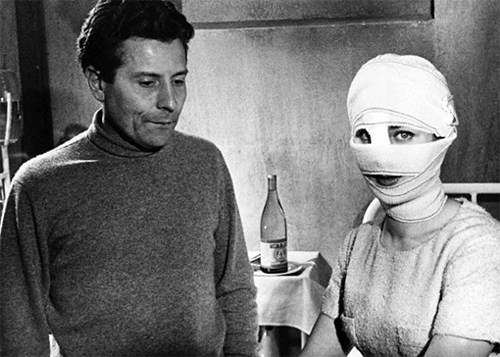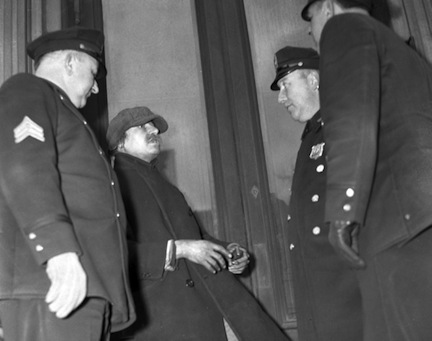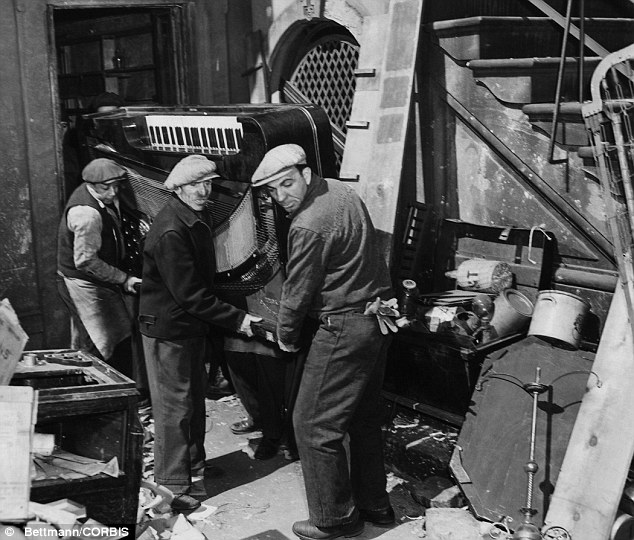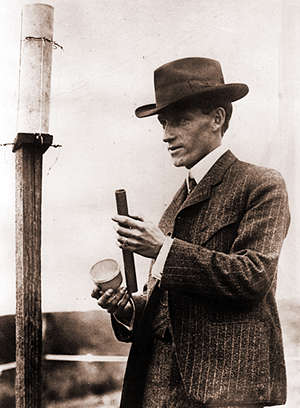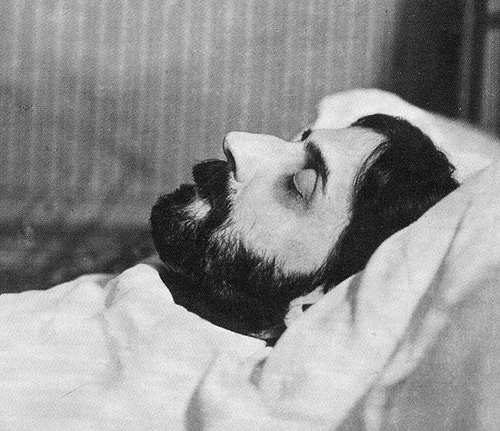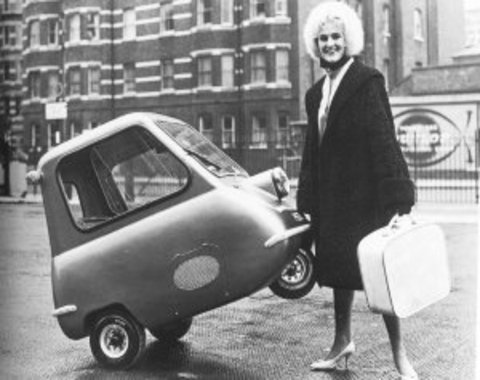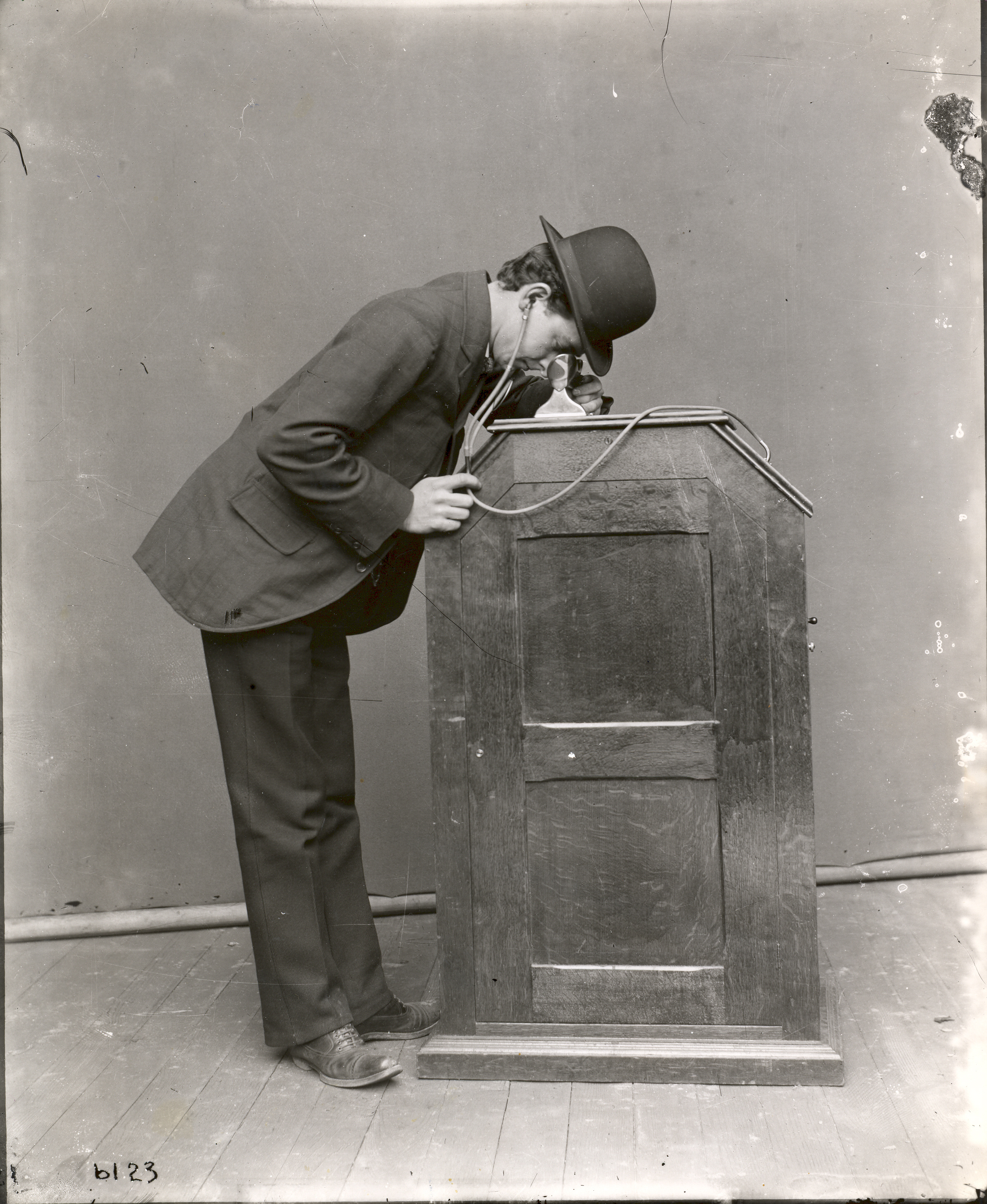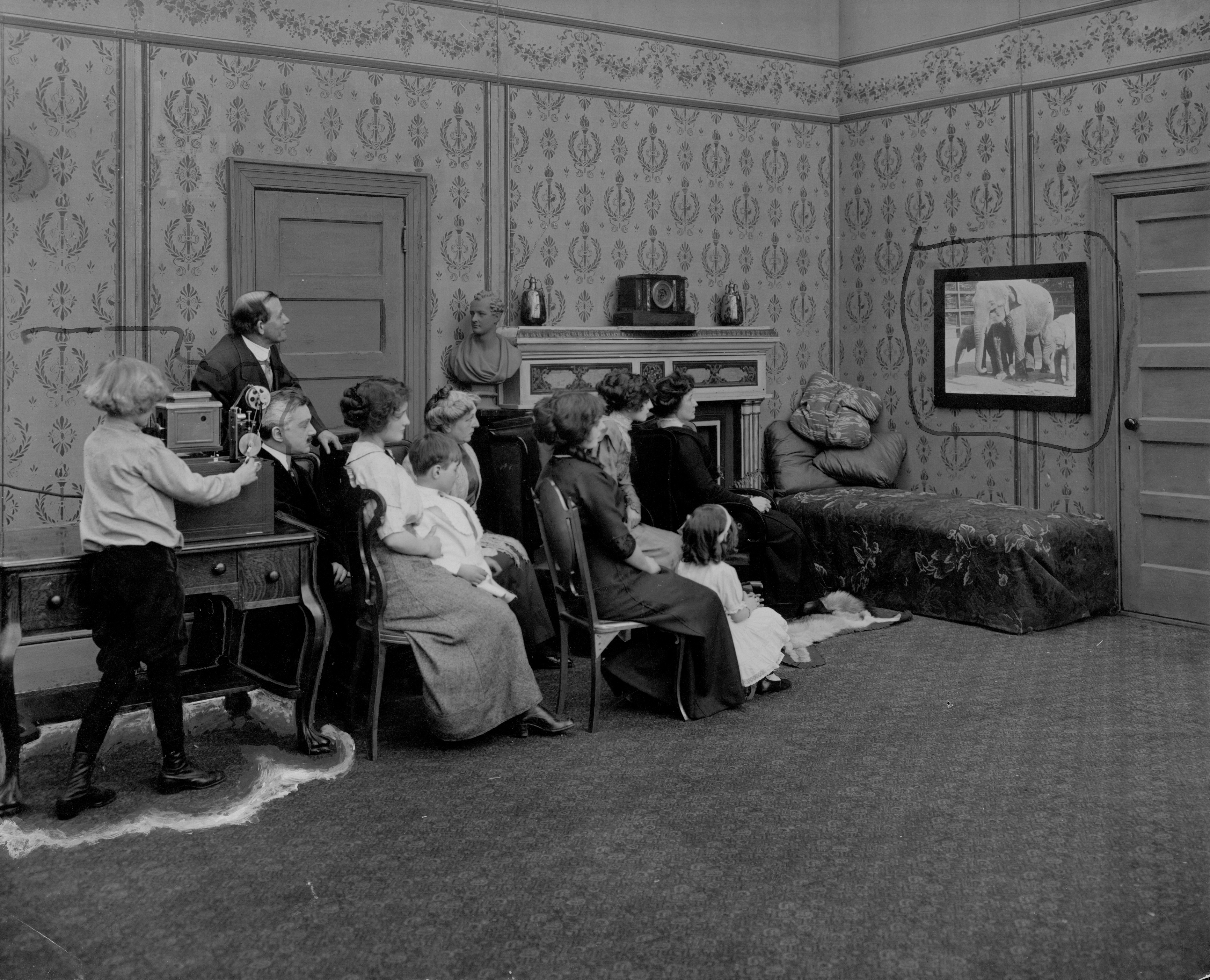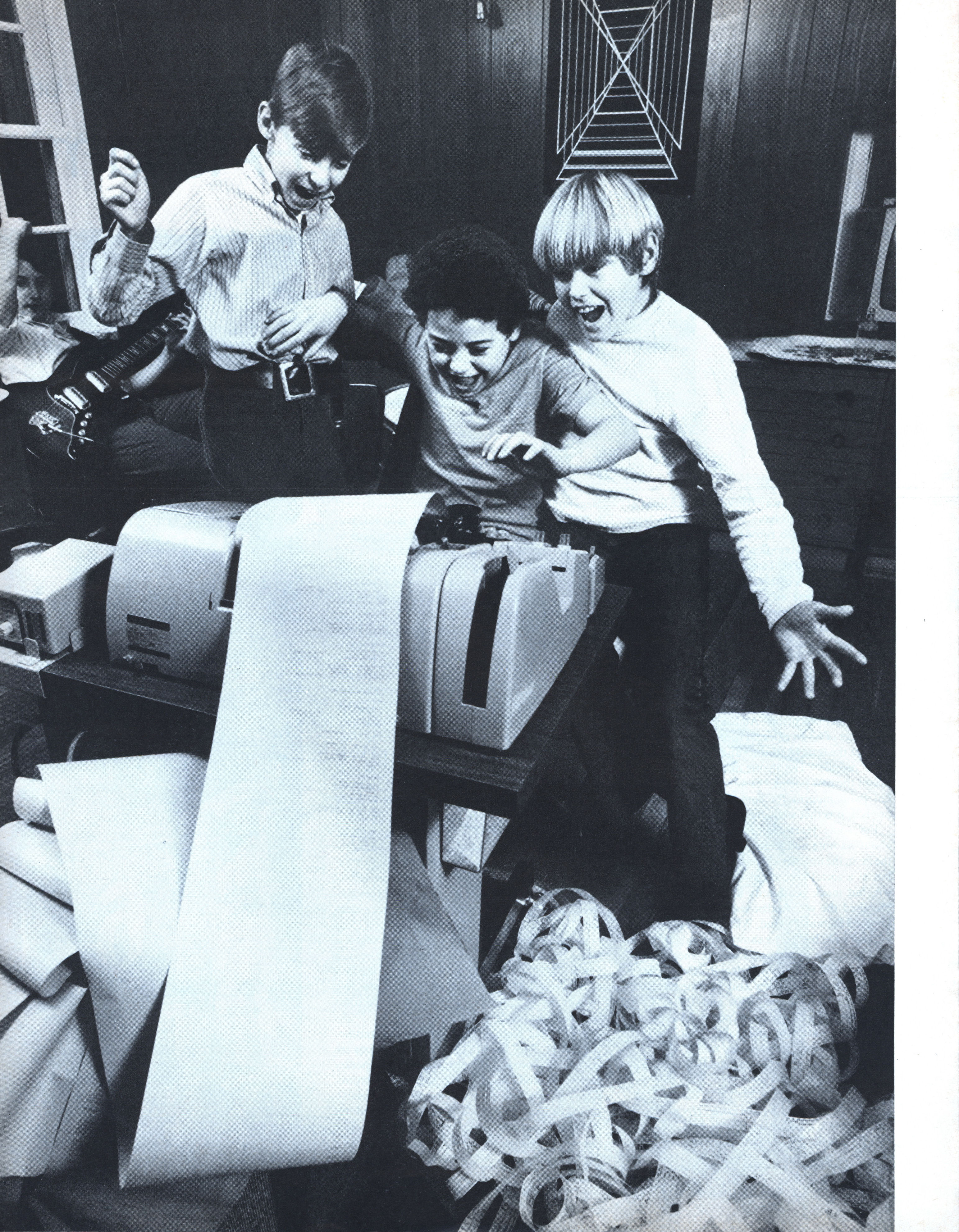George Dvorsky’s io9 post “This Could Be the First Animal to Live Entirely Inside A Computer” examines neuroscientist Stephen Larson’s attempts to create a virtual worm, which has massive implications for the future of medicine and so much else. An excerpt:
“To be fair, scientists , namely the exceptionally small free-living bacteria known as Mycoplasma genitalia. It’s an amazing accomplishment, but the pathogen — with its 525 genes — is one of the world’s simplest organisms. Contrast that with E. coli, which has 4,288 genes, and humans, who have anywhere from 35,000 to 57,000 genes.
Scientists have also created synthetic DNA that can self-replicate and an artificial chromosome from scratch. Breakthroughs like these suggest it won’t be much longer before we start creating synthetic animals for the real world. Such endeavors could result in designer organisms to help in the manufacturing of vaccines, medicines, sustainable fuels, and with toxic clean-ups.
There’s a very good chance that many of these organisms, including drugs, will be designed and tested in computers first. Eventually, our machines will be powerful enough and our understanding of biology deep enough to allow us to start simulating some of the most complex biological functions — from entire microbes right through to the human mind itself (what will be known as whole brain emulations).
Needless to say we’re not going to get there in one day. We’ll have to start small and work our way up. Which is why Larson and his team have started to work on their simulated nematode worm.”



